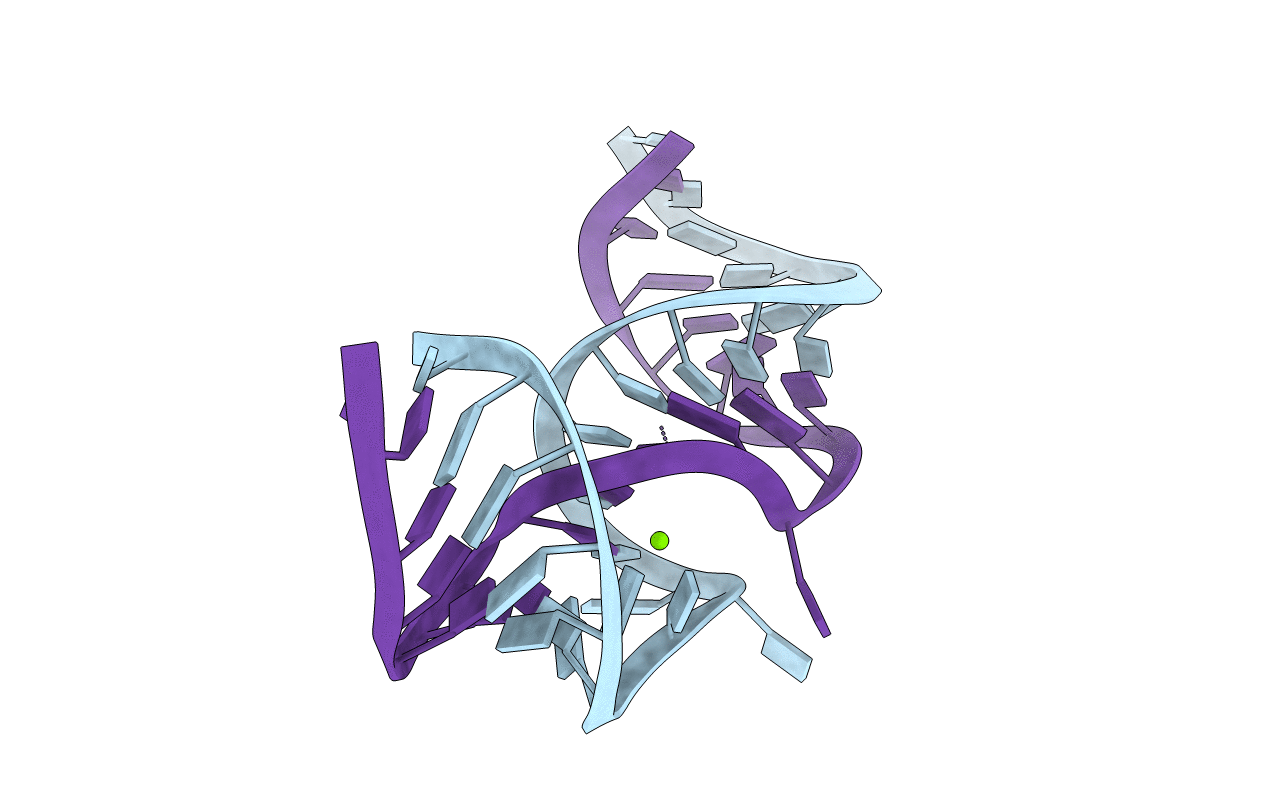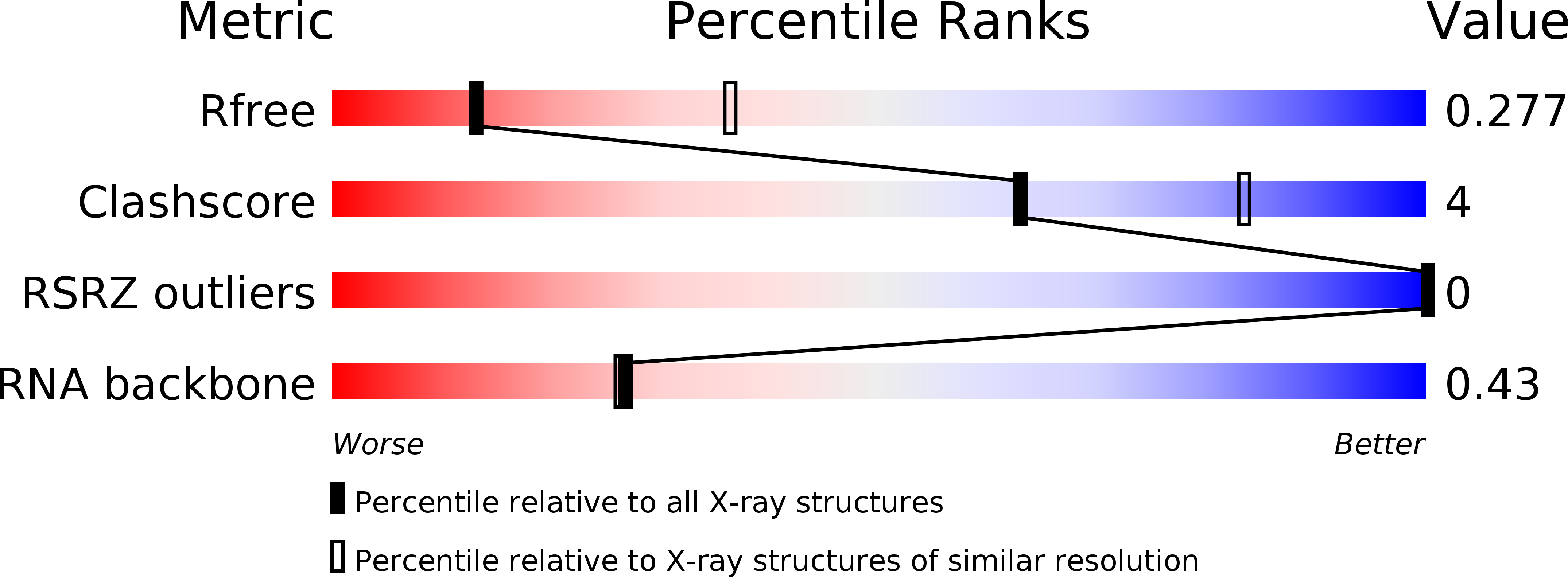
Deposition Date
2007-04-23
Release Date
2008-04-01
Last Version Date
2024-02-21
Entry Detail
Biological Source:
Source Organism:
Method Details:
Experimental Method:
Resolution:
2.90 Å
R-Value Free:
0.28
R-Value Work:
0.22
R-Value Observed:
0.22
Space Group:
P 43 21 2


